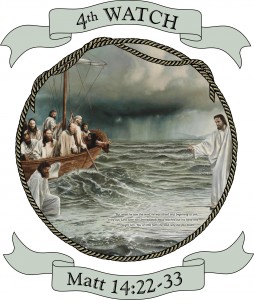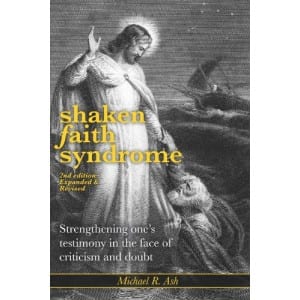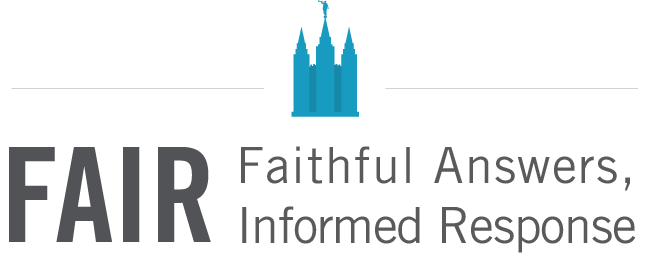Podcast: Download (8.9MB)
Subscribe: RSS
Where did the events of the Book of Mormon take place? What evidence is there that the events took place in Mesoamerica? What evidence is there that these events did not take place in the heartland of the United States? In this episode of Religion Today, which originally aired on KSL Radio on October 28, 2012, Martin Tanner discusses these questions.
This recording was used by permission of KSL Radio and does not necessarily represent the views of The Church of Jesus Christ of Latter-day Saints or of FAIR. (Listeners will note that the first part of this recording is missing.)



